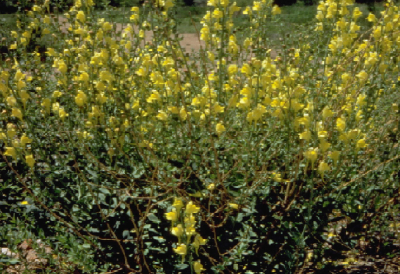Dalmatian toadflax facts
You may think the Dalmatian toadflax is a beautiful looking plant, but it’s a weed that you need to remove. Toxic to animals, it can lead to the death of livestock through poisoning and the removal 
Dalmatian toadflax facts:Yellow Snapdragon-Like Flowers
Found in gardens, on roadsides, and in open areas, the Dalmatian toadflax has beautiful yellow flowers that are snapdragon-like. The leaves are green and heart-shaped, with a milky juice appearing from them when broke. The plant will grow to 1.2 ft. in height, with up to 25 stems flowering in a single plant. Around 500,000 (yes, half a million) seeds are produced a year from mature plants and they spread extremely quickly.
Birds, Wind, and Foot Traffic
The seeds will spread in a variety of ways. Birds and animals are among the most common, but they can also spread through the wind and from traffic. It makes it much harder to control the growth of the weed. The flowers need to be bagged before removal to avoid the spreading of the seeds and creating more of the plant in locations.
This is also an aggressive plant. Roots can reach as long as 3.7 ft. and will fight anything for water and other nutrients. It can prevent other plants from growing, because it steals all the nutrients.
Eliminating the Weed
While the weeds can be pulled, they will just grow back if not pulled properly. It’s important to eliminate all the seeds from the area and prevent them spreading more, while removing as much of the roots as possible. This is one of those noxious weeds that needs long term treatments to ensure full removal.
If you have a Dalmatian toadflax problem on your property, contact SprayTech, noxious weed control experts, to help you control infestation.

